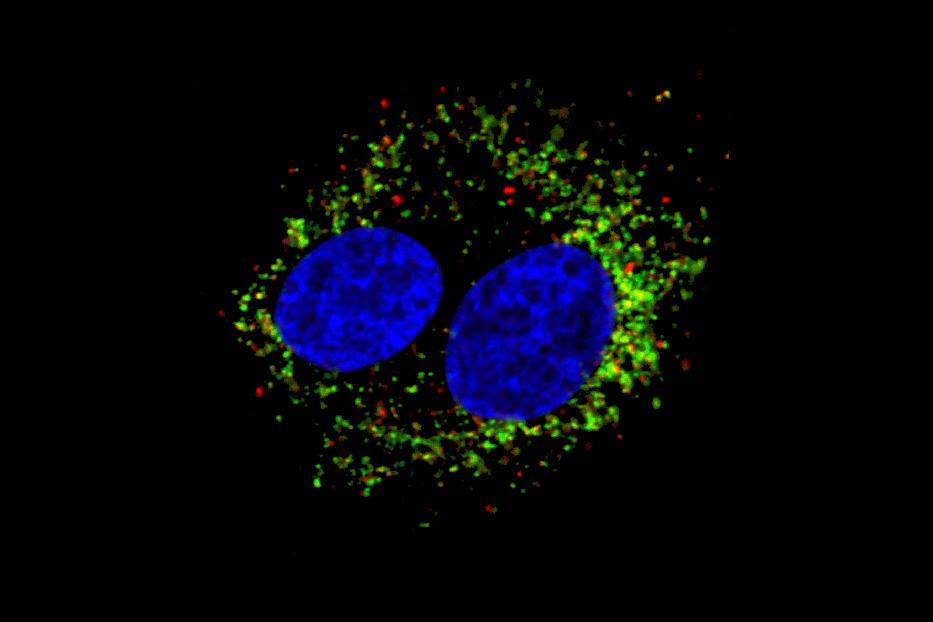Pirbright scientists have edited and authored chapters in a new book titled ‘Coronaviruses’ which provides detailed information about the Coronaviridae family as well as laboratory techniques currently used in the field to study them.
Whilst coronaviruses have long been known to cause devasting outbreaks, the emergence of the novel severe acute respiratory syndrome virus (SARS-CoV-2) in 2019, the cause of COVID-19, has further emphasised the pandemic potential of this virus family, with unprecedented impacts on the economy, health and day-to-day life.
Understanding how coronaviruses emerge, evolve, replicate and cause disease will help to identify and control viruses with increased potential to cross the species barrier and develop the diagnostics, vaccines and antiviral therapeutics that are required to manage future outbreaks in both humans and animals.
The book provides a comprehensive collection of protocols that are applicable to all coronaviruses, including SARS-CoV-2, and can be transferred to other fields of virology. The book is divided into five sections which discuss:
- Coronavirus detection, discovery and evolution
- Propagation and titration of coronaviruses
- Manipulating the genomes of coronaviruses
- Studying virus-host interactions
- Imaging coronavirus infections
Edited by Dr Helena Maier and Dr Erica Bickerton with assistance from Dr Nicole Doyle, the 2203rd volume in the series of Methods in Molecular Biology is published by Springer and features seven chapters authored by Institute researchers.
Chapter 5: Whole Genome Sequencing Protocols for IBV and other Coronaviruses using High-Throughput Sequencing by Dr Graham Freimanis and Michael Oade
Chapter 7: The preparation of chicken kidney cell cultures for virus propagation by Elena Lokhman, Srijana Rai, Billy Matthews
Chapter 8: The preparation of chicken tracheal organ cultures and their application for ciliostasis test, growth kinetics studies and virus propagation by Dr Giulia Dowgier, Dr Erica Bickerton
Chapter 11: Quantification of coronaviruses by titration in vitro and ex vivo by Dr Giulia Dowgier, Dr Helena Maier
Chapter 12: Transient Dominant Selection for the modification and generation of recombinant infectious bronchitis coronaviruses by Sarah Keep, Prof Paul Britton, Dr Erica Bickerton
Chapter 17: Ribopuromycylation in coronavirus infected cells by Matthew Brownsword, Dr Helena Maier and Nicolas Locker (University of Surrey)
Chapter 19: Preparation of cultured cells using high pressure freezing and freeze substitution for subsequent 2D or 3D visualization in the transmission electron microscope by Prof Pippa Hawes, Dr Nicole Doyle
A list of all the chapters can be viewed on the Springer Link website. The online version of the book is available from 23 October 2020, and the hardcover is available for pre-order now on Springer’s website.
Image shows cells infected with infectious bronchitis virus, a member of the Coronaviridae family. Nucleus in blue, viral markers in red and green.
